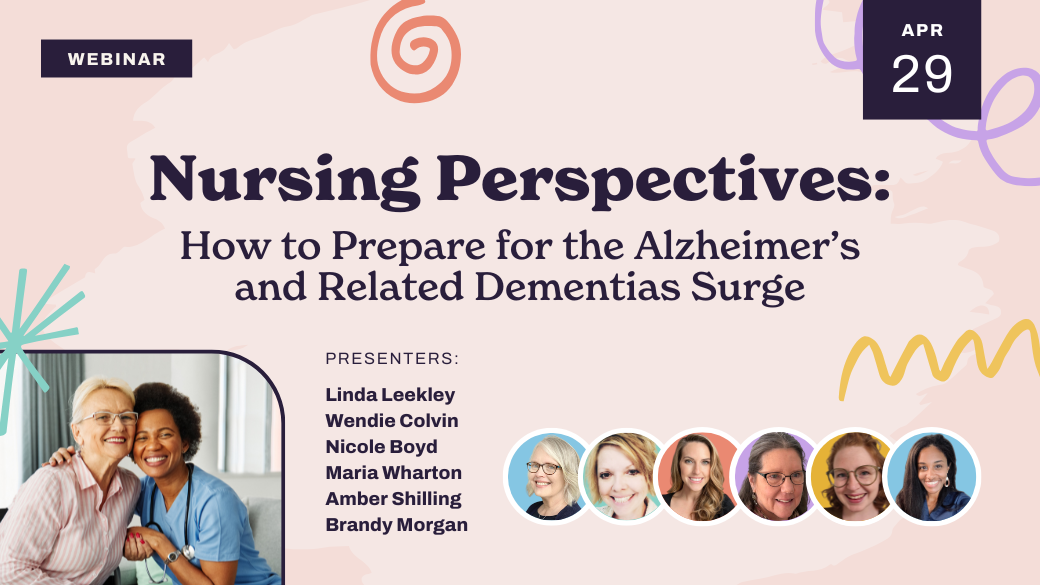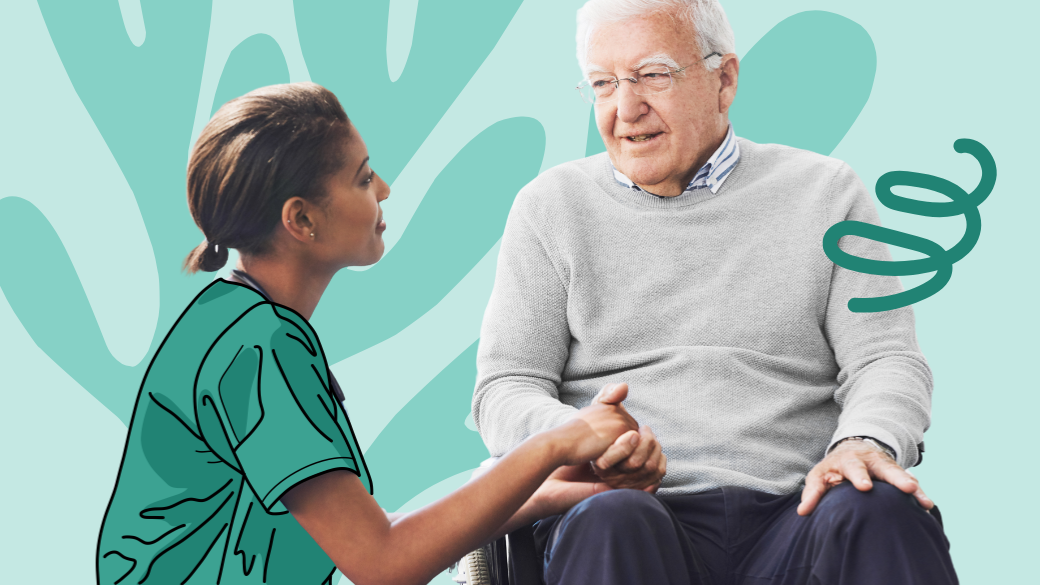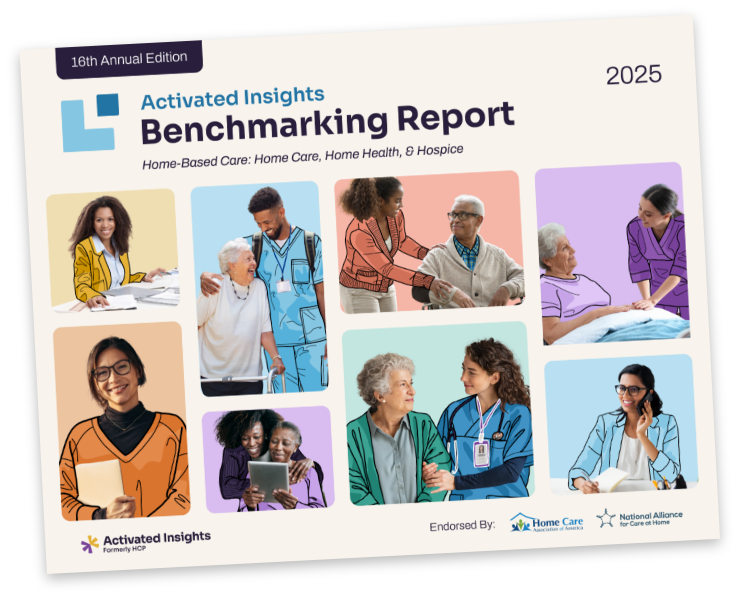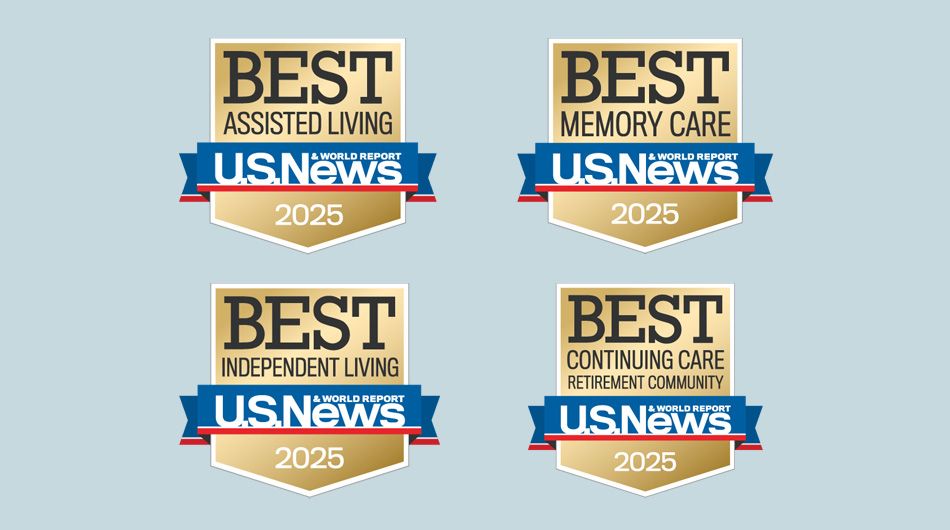Community can transform our well-being and give us a renewed sense of hope, even in times of uncertainty. As post-acute and long-term care administrators, you stand at the frontline of bringing this vision to life, both in facility-based settings and in home-based care.
Community isn’t just a place—it’s a set of relationships, a feeling of belonging, and a source of shared purpose. This was brought home eloquently by U.S. Surgeon General, Dr. Vivek Murthy, in his final message after eight years as the U.S. Attorney General.
In his role as U.S. General, Dr. Murthy served as the chief medical doctor and health educator for the United States with the goal of bringing the public the best available scientific information on how to improve health and lower the risk of illness and injury. Entitled My Parting Prescription for America, Dr. Vivek Murthy’s essay stressed that community can transform our well-being and give us a renewed sense of hope, even in times of uncertainty. As post-acute and long-term care administrators, you stand at the frontline of bringing this vision to life, both in facility-based settings and in home-based care. Below are a few practical ways to weave Dr. Murthy’s “prescription for community” into the daily routines of your employees and the people they serve.
1. Start with Small Acts of Kindness
Simple acts of kindness help staff and residents feel seen and valued, laying the foundation for deeper community bonds.
2. Encourage Shared Purpose
Dr. Murthy highlighted how service, purpose, and relationships form a “triad of fulfillment.” Purpose-driven activities remind everyone they have gifts to contribute, inspiring a sense of belonging and motivation.
3. Build Consistent Support Structures
In his message, Dr. Murthy referenced the Baltimore-based organization Thread, where adult volunteers commit to showing up for students, no matter what. How about duplicating this in your care setting? By fostering consistent, ongoing relationships, you’ll reduce turnover among staff and improve client/resident satisfaction by ensuring no one feels overlooked or forgotten.
4. Open Your Doors to Connection
Dr. Murthy shared the story of Sarah, who held an unexpectedly successful potluck for her neighbors. In the same spirit, long-term care facilities and home-based care teams can encourage gatherings that spark meaningful interactions. Breaking down barriers between “us” and “them” creates a broader sense of community—one that encompasses families, staff, neighbors, and beyond.
5. Foster a Culture of Storytelling
Sharing personal stories has always been a powerful way to create empathy and understanding. This echoes the experiences Dr. Murthy recounted, where individuals connected deeply by learning one another’s narratives. When people recognize common threads in each other’s lives—such as favorite hobbies, memorable milestones, or shared struggles—trust flourishes.
6. Model Community Values as a Leader
Administration and leadership shape the culture. Demonstrate that community-building is a priority not just in words, but through consistent actions. When staff see leaders living out these principles, they feel empowered to do the same. Enthusiasm for community becomes contagious!
7. Embrace the Power of Hope
Dr. Murthy ended his prescription by urging us to choose community, reminding us that loving, generous people can change the world. For long-term and post-acute care administrators, this is a call to believe in—and invest in—the human connections around you.
As administrators in post-acute and long-term care, you have a profound opportunity to put Dr. Murthy’s parting prescription into daily practice. By doing so, you’ll likely see a ripple effect: improved staff morale, a deeper sense of satisfaction among your clients or residents, and a stronger sense of trust and belonging among family members.
In other words, you’ll create the kind of community that enriches everyone’s lives—and that can help reshape the future of care itself. And in doing so, you’ll fulfill Dr. Murthy’s wish for all of us: to recognize that choosing community is not just good medicine, but a life-changing force for healing and human connection.
Free Downloads:
Related Posts











